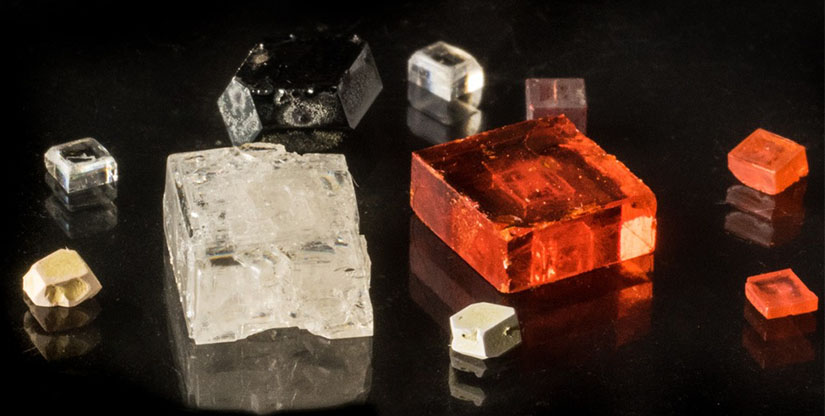Department of Energy Renews NREL's Center for Hybrid Organic-Inorganic Semiconductors for Energy
CHOISE Research Is Revealing New Pathways To Control Semiconducting Systems for Clean Energy

Cutting-edge semiconductor research at the U.S. Department of Energy’s (DOE’s) National Renewable Energy Laboratory (NREL) will continue at the Center for Hybrid Organic-Inorganic Semiconductors for Energy (CHOISE) as part of funding announced last week.
For the past four years at CHOISE, an Energy Frontier Research Center within DOE’s Office of Basic Energy Sciences, researchers have been studying hybrid perovskite semiconductor characteristics that can lead to new energy-efficient advanced technologies. The $13.3 million renewal enables another four years of this work.
Research at CHOISE aims to take advantage of the interactions between the organic and inorganic subcomponents in hybrid semiconductors. Each has its own advantages for clean energy applications, but the marriage of the two provides unprecedented opportunities for controlling semiconductor properties.
"There's a huge effort within DOE and around the world to develop hybrid perovskite semiconductors for solar cells," said Matthew Beard, CHOISE director and senior research fellow in NREL's Chemistry and Nanoscience Center. "To do that, we need to understand, where does the energy go when you absorb light? How do you direct it in the way that you want? And how these properties are derived from the molecular structure of the hybrid semiconductor. These are the kinds of fundamental science questions we are trying to answer."
Beard recently received the Ernest Orlando (EO) Lawrence Award, which recognizes mid-career U.S. scientists and engineers for exceptional scientific, technical, and engineering achievements. He noted that CHOISE has made significant contributions over the past four years, including introducing chirality, a form of molecular asymmetry, into extended hybrid semiconducting systems in order to control the electron’s “spin.”
"We've discovered you can make a whole new class of semiconductors by combining the attributes of an organic molecule that is chiral with extended inorganic systems that are semiconducting," he said. "We want to be able to control and understand the interconversion between light, charge, and spin. Chirality allows us to do that."
Future research will focus on a deeper understanding of these novel semiconducting systems. One challenge, Beard said, is to understand and control the interface where two distinct hybrid systems meet to direct energy flow. The team at CHOISE, which includes NREL’s Joe Berry, Jeff Blackburn, Joey Luther, and Kai Zhu, will be delving into these and other aspects of advanced hybrid semiconductors that can support the next generation of photovoltaics and other clean energy technologies.
Scientists from eight collaborating research institutions join those from NREL at CHOISE. Partners include the University of Colorado, Boulder; Duke University; the University of North Carolina, Chapel Hill; San Diego State University; the University of Toledo; the University of Utah; the University of California, Santa Cruz; and North Carolina State University; the last two of which are new to the project.
Learn more about CHOISE.
Last Updated May 28, 2025
